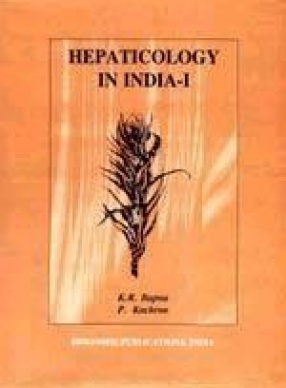
Showing all 5 books




In recent years great progress has been made in various fields of Hepaticae. All useful information on Indian hepatics by various prominent authors lies scattered and in various journals/monographs. There is no all-India or regional hepatic flora and interest in this important group of plants appears to be dwindling. The want of adequate and compact information on these plants occurring in India, is keenly felt by the teachers and students alike ...

Kashmir lies on the main route of migration between Gondwana and Angara continents and the flora of this region assumes special interest; and this lead Sahni (1938) to state that it shows close affinity with the Siberia flora than to that of the Peninsular Gondwana. He observed that Glossopteris flora in Kashmir reaches to within a few degrees of the Angara flora in the USSR; and that Kashmir was only an out-post of Angaraland (Sahni, 1926). He also (1935) had ...


About 1000 plant specimens were collected, 204 species in 148 genera and 175 species in 126 genera belong to dicotyledons and 29 species in 23 genera to monocotyledons. Among the dicotyledons Asteraceae was the largest family (34 species) followed by Brassicaceae and Lamiaceae (15 each), Fabaceae (12), Apiaceae (11), Polygonaceae (9), Boraginaceae (8), Twelve families represented by a single species were Papaveraceae, Fumariaceae, Violaceae, Portulacaceae, ...

The Pir Panjal range is one of the most picturesque mountain chains of the Himalaya. The Forest Flora of Pir Panjal is based on the floristic and ecologic analysis of the Pir Panjal forests which formed a part of the Man & Biosphere Project No. 2 "Ecological effect of different landuse and management practices of Srinagar mountains. The book gives an extensive and exhaustive account of forest ecology of the area laying stress on plant community ...
